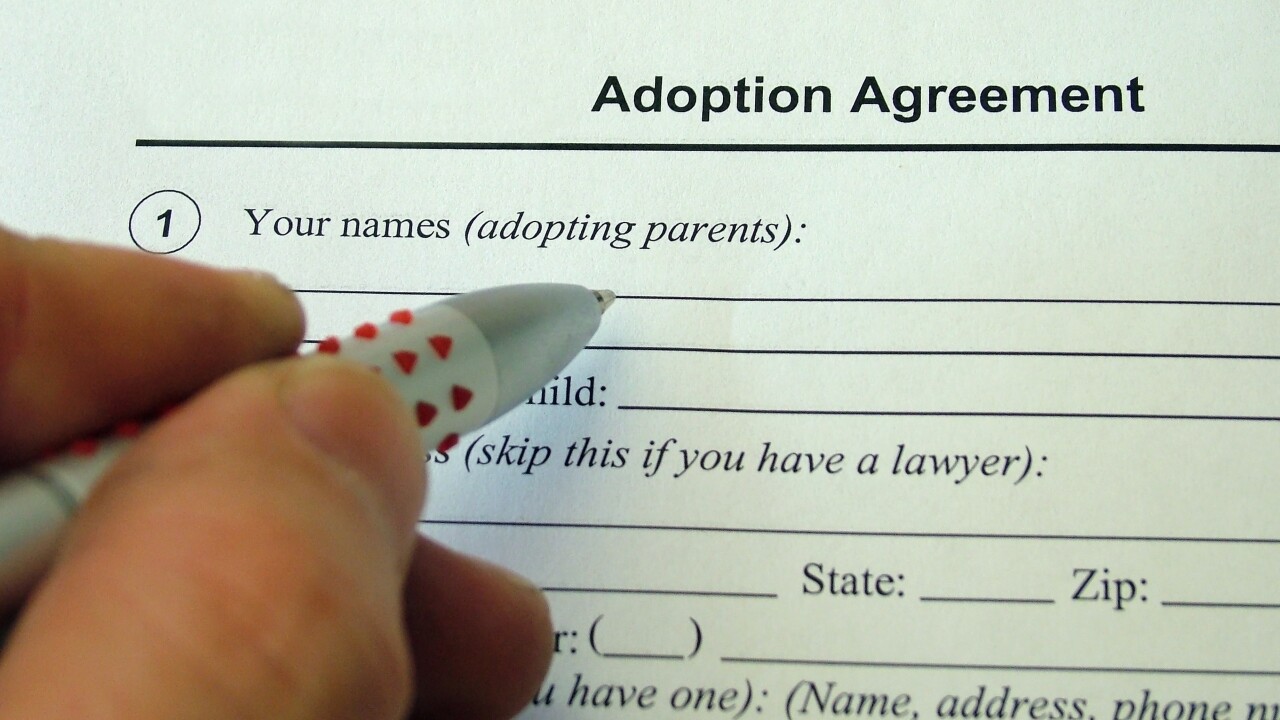Members of the Financial Accounting Standards Board voted 6 to 1 at a meeting in March to create a new, optional transition method for lessees under the ASC 842 lease accounting standards. The new method would provide an alternative to the modified retrospective transition method.
The lease accounting standard, as originally approved, required that companies apply modified retrospective transition adjustments for the two years before the standard’s actual effective date and issue two years of comparative reporting. Companies that elect to keep this approach will have to re-measure leases that expire within the comparative period under the ASC 842 requirements. Essentially, this means they will need to report an asset and liability for their operating leases. For the purposes of this article, we’ll use the example of a company adopting on Jan. 1, 2019 with a comparative period starting on Jan. 1, 2017.
Since many companies did not have the necessary processes or software in place to handle the new standards at the start of 2017, they are now playing catch-up to try and complete the comparative financial statements. The new transition option allows companies to forgo the comparative reporting requirements entirely. Instead, they would “recognize a cumulative-effect adjustment to the opening balance of retained earnings” at their adoption date rather than on Jan. 1, 2017, according to FASB. In other words, now companies only have to transition to the new standards at the effective date, instead of having to apply the new standards for two years prior to the effective date.
However, as FASB notes, the new method only changes when a company has to apply the transition requirements. It does not change how the transition requirements are applied. Therefore, the new transition method is not a cure for the compliance burden created by ASC 842. In addition, it is not without its downside. This article reviews how the new transition method will affect two of the main stakeholders of the new lease accounting standards: the lessees and the investors.
How the new transition method will affect lessees
While the new transition method offers some relief for companies that were concerned about completing the comparative reporting requirements, it does not eliminate the substantial implementation burden that they will face under the new standards. Companies still have to complete the complex and time-consuming task of collecting as many as 100 data fields per lease for every lease that will exist on or after the effective date. Companies still have to design processes, policies and controls for all of the internal and external organizations that touch their leasing program in order to ensure that their leasing portfolios remain in compliance after the effective date.

Many companies will likely elect the new transition method — it is better than getting no relief. However, while the new approach appears to simplify the new standards, it only does this by removing some of the time and costs required by the already significant transition project. It does not reduce the overall complexity of the project or the need for transformation of the leasing processes and controls at most companies. And with the transition deadline less than a year away for calendar filers, it’s crucial for companies to extend their focus beyond Day 1 compliance to sustainable Day 2 compliance, which requires developing processes to continuously update lease data and maintain accuracy for the new monthly close process.
How the new transition method will affect investors
There is some concern that the new transition method will hurt investors. After all, the purpose of ASC 842 was to increase transparency into the financial positions of corporations and improve comparability among and within them — especially for Main Street investors that do not have the time, money or tools to determine that information themselves. The new transition method takes away a substantial amount of insight into the leasing decisions of corporate lessees.
The comparability provided for the two years prior to the adoption date by the retrospective method was meant to help investors understand the source and impacts of the changes in a corporation’s lease liabilities leading up to the transition date. Being able to compare reports for the same lease data under the current standard, ASC 840, as well as the new standard, ASC 842, would allow investors to note where the changes in reported lease obligations originated. Now, investors won’t be able to view ASC 840 and ASC 842 reports side by side. There will simply be a lumpy jump in the amount of total lease assets and liabilities upon adoption due to the movement of operating leases onto the balance sheet. Whether the jump reflects the corporation choosing to lease more, less or the same will be a mystery since there will be no detailed operating lease disclosures for the prior years, inhibiting trend analyses.
Therefore, investors will have two choices. They can either remain in the dark about comparative information, or they can attempt to acquire the information themselves, shifting cost from the lessees to the investors.
Takeaway
The new transition method will be a big help for many lessees that are overwhelmed by the implementation of the new standards, even while it decreases transparency and comparability for investors. However, even those companies that are getting relief from the new method cannot let their guard down. The burden for the transition period has been eased. But the remaining burden to comply with the standards by the effective date, and beyond, still remains.





